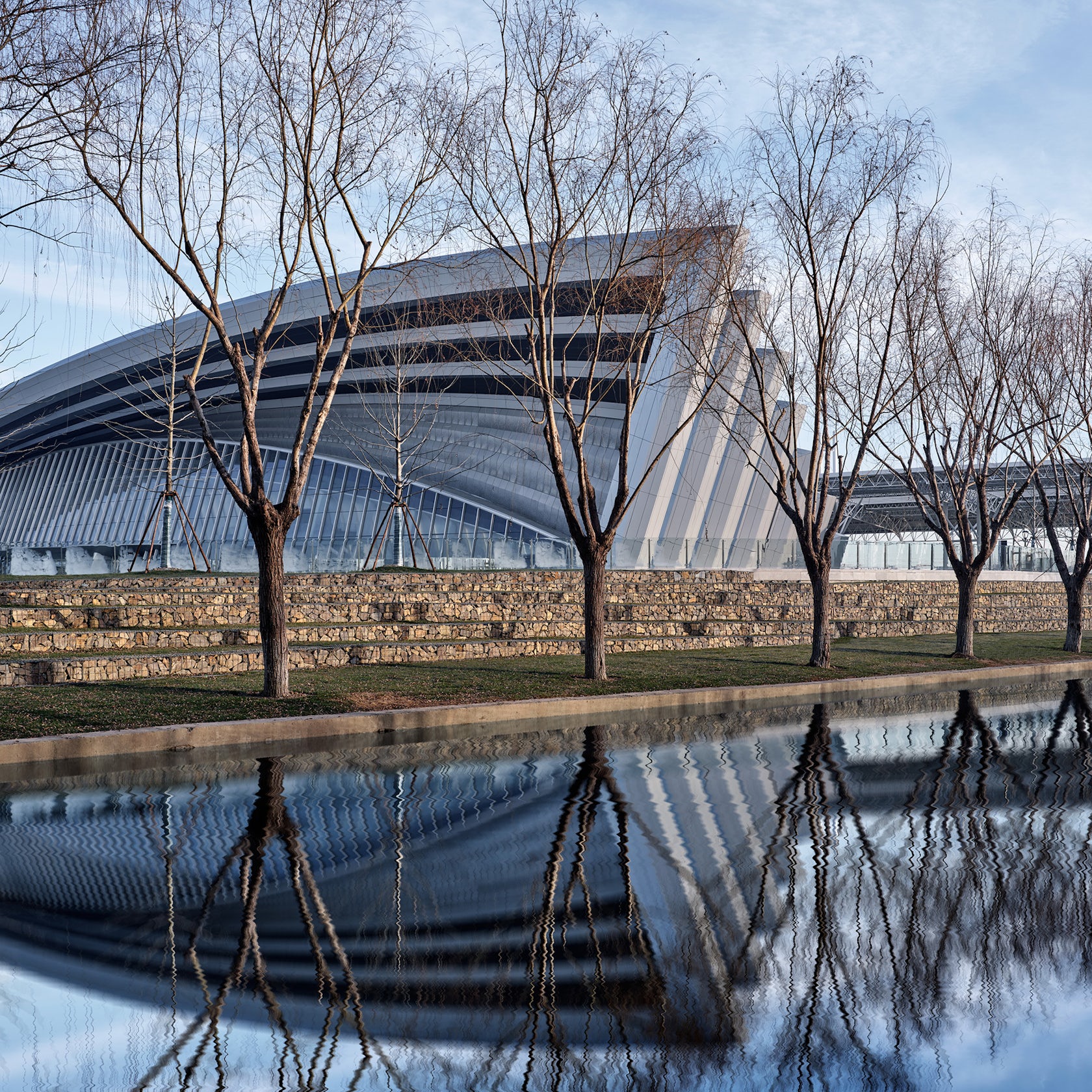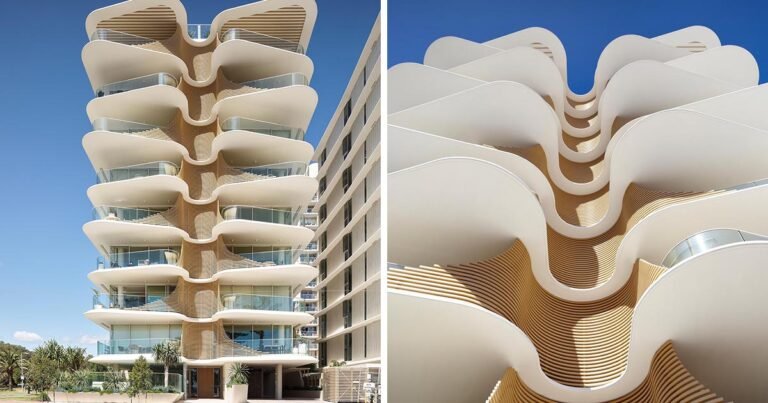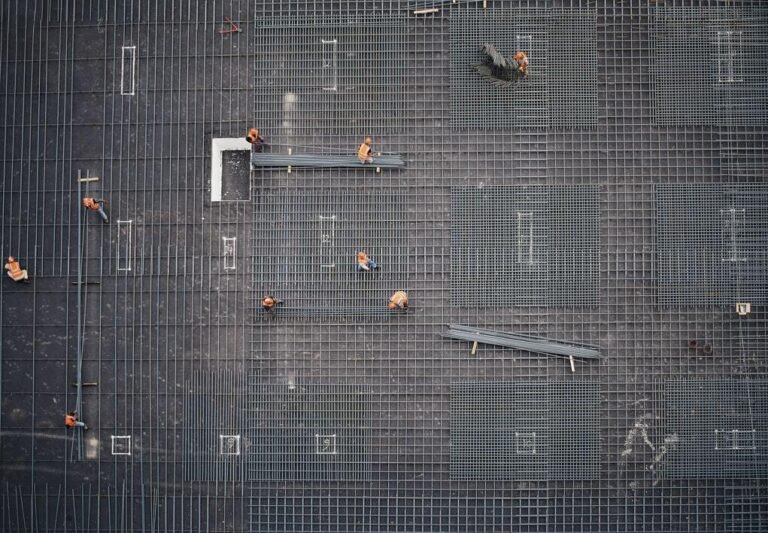China Yellow Sea Wetlands Museum // Shanghai Dushe Architectural Design DSD
[ad_1]
Text description provided by the architects.
The Origin of Renovation – From Railway Station to Museum
From a typological point of view, the space of the traffic building and the exhibition building have a natural commonality. The tall waiting room and platform space of the railway station are suitable for transformation into exhibition space. The transformation of abandoned train stations into other functions has long been an international precedent.

© Shanghai Dushe Architectural Design DSD

© Shanghai Dushe Architectural Design DSD
The Musée d’Orsay in Paris is the most successful example.After the Yellow (Bo) Sea Migratory Bird Habitat was officially included in the World Heritage List, Yancheng urgently needed a window to display wetland culture to the outside world. The railway station is adjacent to the newly built wetland park. After being transformed into a wetland museum, it will become a new landmark for displaying Yancheng wetland culture.Renovation Strategies – A Dialogue on the Inheritance of Old and New BuildingsThe original railway station adopts a space truss structure, and the local floor height is low, which is difficult to meet the exhibition requirements.

© Shanghai Dushe Architectural Design DSD

© Shanghai Dushe Architectural Design DSD
The renovation design retains the lower concrete structure, removes the existing grid, and adds a steel structure roof to meet the needs of use. A large-span truss is used to strengthen the reticulated shell structure, and the roof shape can be realized without moving the original structure and foundation.
In terms of spatial relationship, the design continues the architectural scale and spatial relationship of the original railway station, refines the original architectural language, and creates a novel and modern architectural image.

© Shanghai Dushe Architectural Design DSD

© Shanghai Dushe Architectural Design DSD
The public hall of the museum uses the existing building structure to create an open and transparent urban public living room.Technical realization – design system to ensure a high degree of completionIn order to maximize the transparency of the building’s facade, the curtain wall design adopts a steel frame system with load-bearing top and bottom.

© Shanghai Dushe Architectural Design DSD

© Shanghai Dushe Architectural Design DSD
The high-precision steel profiles are only connected to the main structure at the top and the ground, and no other structural fulcrum is required in the middle. The steel column up to 24m is exposed, and the visual effect and structure of the curtain wall are expressed in a unified manner.
The roof modeling takes the original building corner as the starting point, uses the tangent of the arc line as the direction to generate the contour line, and forms a rhythmic and unified roof shape through the gradient technique.

© Shanghai Dushe Architectural Design DSD

© Shanghai Dushe Architectural Design DSD
The silver-white linear elements also echo the intention of the feathers of the red-crowned crane, the protected animal of Yancheng Wetland.
In the program design stage, the structural engineer intervenes in advance to cooperate with the architect’s modeling design. From the initial folded plate plan to the grid plan, the hexagonal truss + contact truss plan was finally adopted.

© Shanghai Dushe Architectural Design DSD

© Shanghai Dushe Architectural Design DSD
All majors cooperate closely to ensure the consistency of roof shape and structure.At the same time as the renovation of the railway station building, the original station square and waiting platform were also retained and used. The square in front of the station and the entry ramp were transformed into a city square, and the waiting platform was transformed into an outdoor exhibition area.

© Shanghai Dushe Architectural Design DSD

© Shanghai Dushe Architectural Design DSD
At the same time, the original railway tracks, as the city axis, connect the museum area with the high-speed rail new city area and become the most important part of the entire urban design.
With the advent of the era of high-speed rail, the old railway station in the city gradually lost its original transportation function.

© Shanghai Dushe Architectural Design DSD

© Shanghai Dushe Architectural Design DSD
How to transform the railway station to make it play a new role is a problem facing many cities. The case of Yancheng Railway Station provides a new mode of renovation of existing buildings..

© Shanghai Dushe Architectural Design DSD

© Shanghai Dushe Architectural Design DSD
China Yellow Sea Wetlands Museum Gallery
[ad_2]
Source link




